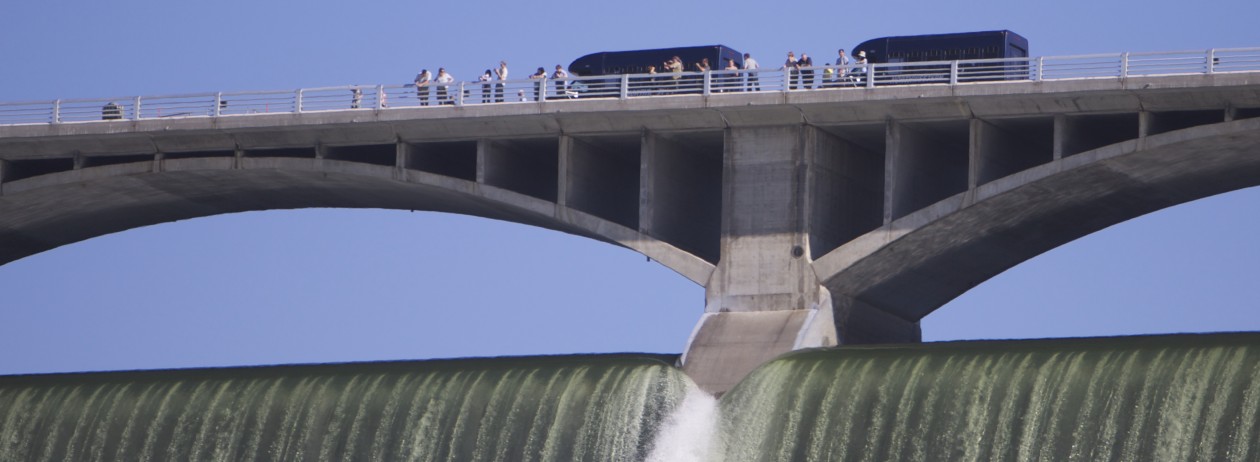
It’s blues time at Sunbanks Lake Resort on the shores of Banks Lake in Electric City.
Sunbanks has won the state Blues award for the past two years running and this year attracts bands and musicians from all over the country.
On Saturday, award-winning blues musician Matt Andersen is scheduled for the stage with his band, the “Bona Fide.’
His new album, “Honest Man,” debuted at number five on the sales charts in Canada, from where he originally hails. Andersen has toured the world, sharing the stage with such legends as Bo Diddley, Buddy Guy, and Greg Allman, among others.
Headlining the four-day event is James Harman’s Bamboo Porch Revue. The Delgado Brothers are back and Hamilton Loomis, Casey Miller & the Barnyard Stompers, Matt Andersen & the Bona Fide, Karen Lovely Band, Ken De-Rouchie Band, Selwyn Birchwood, Twang Junkies with Bob Hill, and Billy Stoops and the Dirt Angels are all scheduled to make appearances during the festival.
Other bands and performers include Acoustic Noise, James Coates, Shoot Jake, Forest Beutel, Adam Hendricks, Franco & the Stingers, Stacy Jones Band, Trevalyan Triangle, Sara Brown Band and the Vaughn Jensen Band fill out the list.
Harmon hails out of Anniston, Alabama and started performing in 1962. He has performed in 28 countries and has built up a massive song catalog.
Another headliner, Hamilton Loomis, is out of Texas and performs all over the country.






